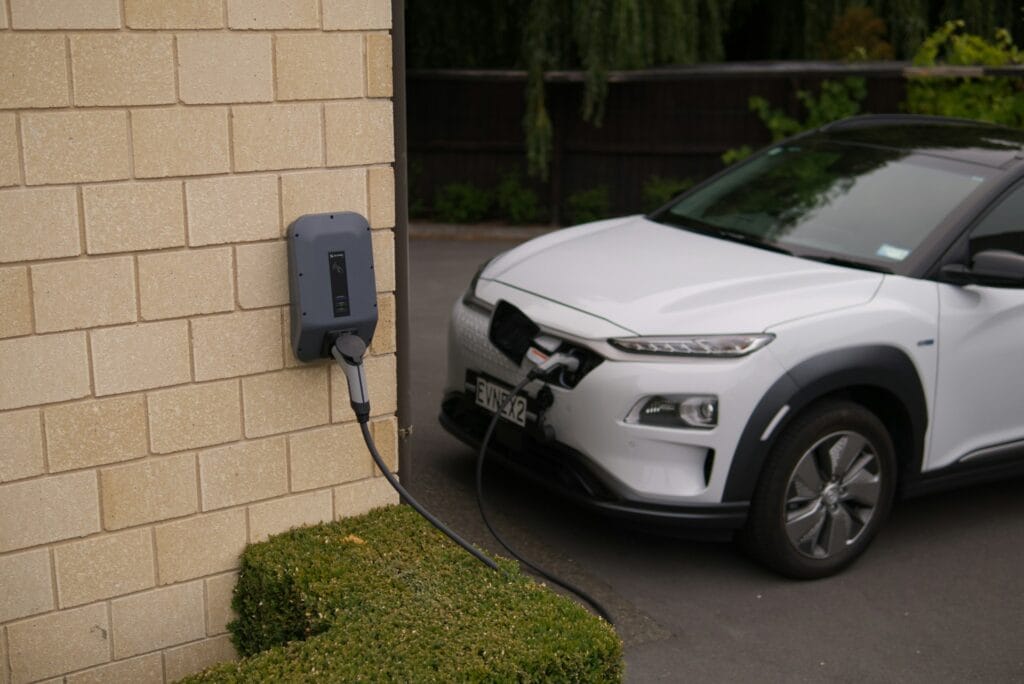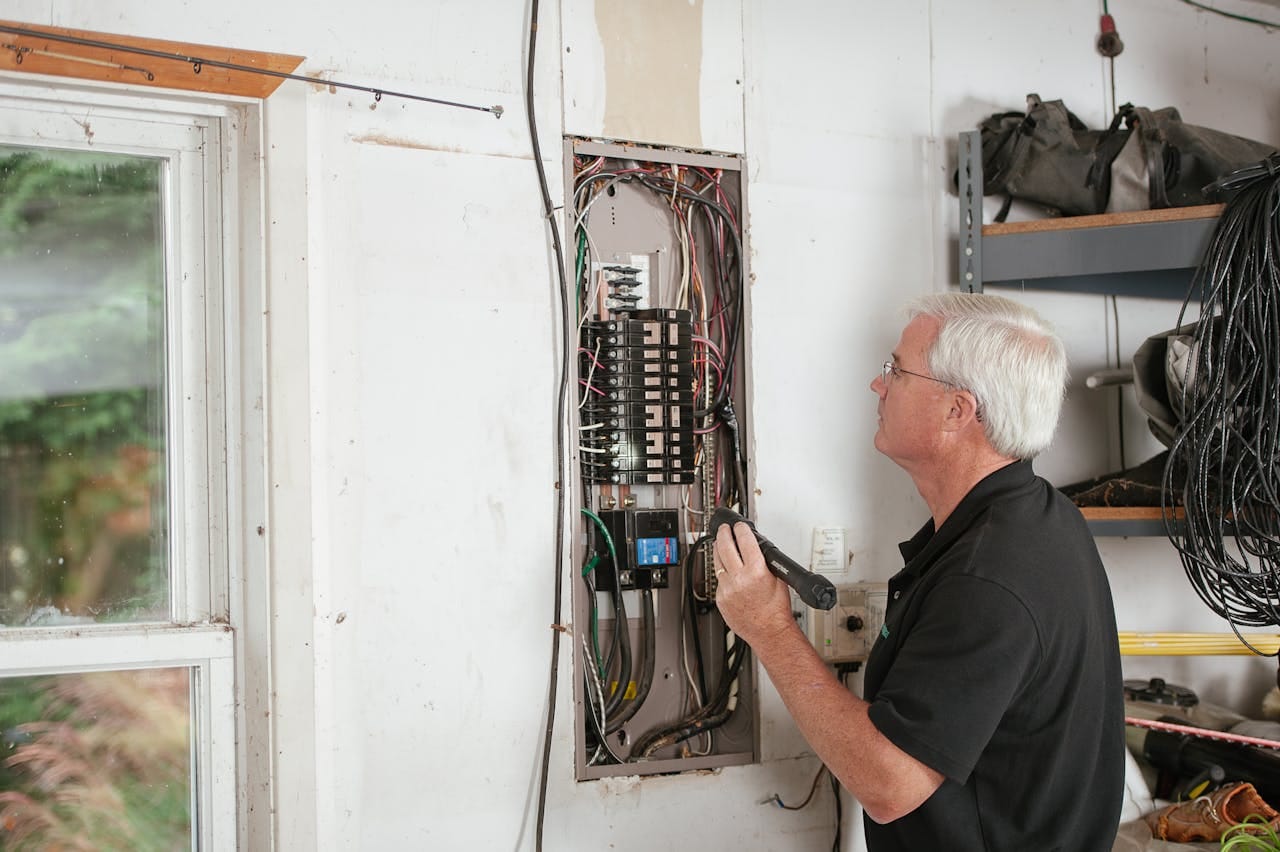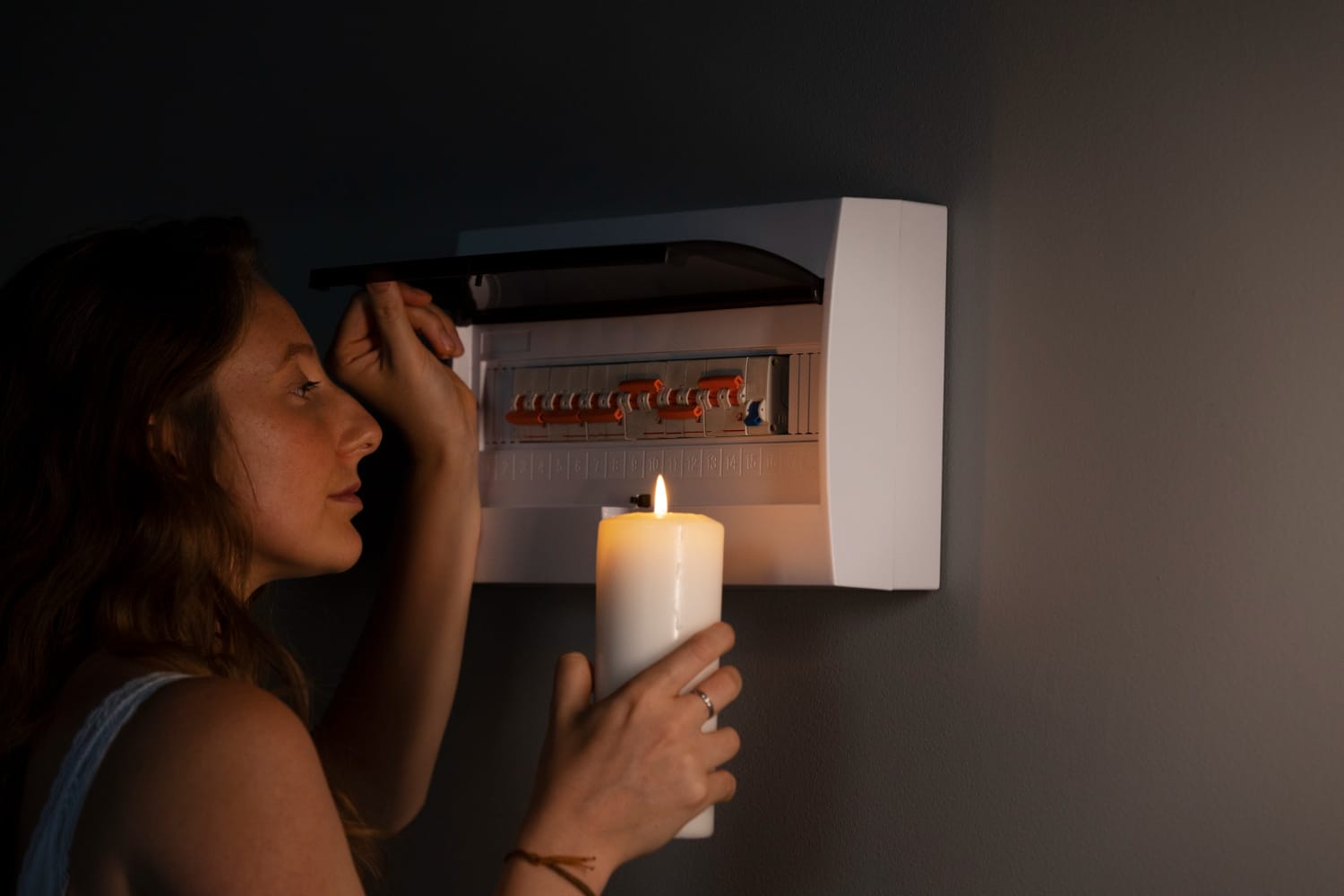Home EV chargers are becoming much more common, especially in a car-dependent city like Ottawa where public charging is not always nearby or reliable. Having a charger installed at home can save time, reduce trips to public stations, and simplify daily routines. But when it comes to setting one up, location matters more than most people think. Putting your charger in the right place can make the difference between a smooth charging ritual and a daily hassle.
There’s more to EV charger placement than just picking a wall and getting started. Factors like your home’s electrical setup, the distance from your parking spot, weather exposure, and even future vehicle needs all play a part. If it’s your first time installing one, it’s easy to overlook these things and end up with a setup that doesn’t really work well long term. Let’s take a look at what to think about when trying to place your charger in the best possible spot.
Proximity to Parking Spot
One of the most important things to look at is how close the charger will be to your vehicle. It sounds obvious, but it’s something people underestimate. Your charging cable has a fixed length, so you’ll need to make sure the outlet can actually reach your car without stretching or becoming a tripping hazard.
Everyday convenience plays a role here too. Dragging out a long cord or parking perfectly every night just to make it work takes extra time and patience. A better approach is to set up the charger where you normally park, whether that’s inside a garage or near your driveway’s edge. You shouldn’t have to rearrange your entire parking setup just to plug in your car.
If you have more than one EV or expect to own another one in the near future, pick a location that covers both spots. That way, you won’t have to move your charger later on or get another one installed. Here’s a quick way to plan the right distance:
1. Measure from your electrical panel to your regular parking space.
2. Account for cable slack, especially around corners or baseboards.
3. Think about ease of access after parking. Will you have to step through snow or around obstacles?
Being able to plug in your car with minimal effort makes daily use a lot simpler. Whether it’s late at night or during a busy morning, those few saved minutes can really add up. A convenient location also lowers the chance of damage from repeated bending or dragging of the cable.
Electrical Panel Distance
The other part of the equation is how far the charger is from your home’s electrical panel. This isn’t something most people think about right away, but it can affect how complex the installation is and what it costs. Longer cable runs may need extra work like trenching or upgrading circuits, especially in older Ottawa homes.
Going with a location that’s close to your electrical panel makes installation smoother and can help keep it affordable. It also reduces strain on your electrical system, which is helpful when charging daily or overnight.
Let’s say your electrical panel is near the front of the house, but your garage is in the back. It might make more sense to add the charger to the front driveway wall, even if you usually park in the garage. In this case, adjusting your parking routine slightly could be better than paying extra for a much longer connection path.
This is where experienced electricians can help you map out what’s doable without overextending your setup. If your panel doesn’t have enough space, they may suggest options like a subpanel or light upgrades that fit your layout. All these factors are easier to plan when you start with a nearby location, rather than discovering the limitations when it’s too late to shift things around.
Weather Protection
In Ottawa, the weather can swing hard from season to season. From heavy snow in winter to hot, dry summers, protecting your EV charger from harsh conditions makes a big difference. Moisture, wind, ice, and constant temperature changes can wear down the equipment over time. That’s why where you place the charger matters just as much as how it’s installed.
A spot inside the garage is usually the easiest solution. It stays dry and out of direct sun. Even a carport can help, and when combined with a weather-rated cover, it adds a solid layer of protection. If you don’t have an indoor parking area, the next best option is installing the charger tight to an exterior wall under an awning or roof overhang. That bit of shelter helps prevent freezing, soaking, or overheating.
Make sure there’s room around the charger for proper drainage and snow removal. You don’t want piled-up snow covering the access point or ice forming where you step in and out. Think about lighting too, especially during those darker winter months when visibility is low.
Here are a few extra tips for weather protection:
– Look for a location with some natural or added overhead cover.
– Choose a mount that keeps the charger off the ground to stay clear of snow, slush, or puddles.
– Check that water from roofs or gutters won’t splash or drain onto the unit.
– If mounting outdoors, use a unit that’s rated for snow, rain, and freezing temperatures in Canada.
These small steps during installation can go a long way in helping your EV charger last longer and perform better through every Ottawa season.
Planning Ahead for Future EV Use
While your current needs may feel simple, it pays to plan with the future in mind. If you plan to get another EV, host electric-driving guests, or switch to a faster charging system someday, pick a spot that gives you room to adapt later.
This may mean choosing a location that offers more space or electrical flexibility. Installers can run higher-capacity wiring from the start or turn a single setup into one that’s ready for a second charger when the time comes. This is easier when the unit isn’t boxed into a corner or maxed out in terms of capacity from the get-go.
Say you install a charger on the far wall of a detached garage with no additional room beside it. Adding a second unit later could mean starting from scratch. But if the first charger is in a place like the side entrance wall, you have that buffer zone to build in another port or add stronger cables as needed.
Keep these future-use tips in mind:
– Leave space around the charger in case a second one is added.
– Think about where a second EV would park and whether the cable will reach.
– Check for reliable Wi-Fi or data connection if your system includes smart controls or updates.
Taking the time to plan for expansion helps avoid rework and keeps things simpler later. A bit of extra vision goes a long way.
Make the Most of Your EV Charger Installation in Ottawa
Getting the right spot for your EV charger can help everything else fall into place. It’s about finding that balance between day-to-day ease, long-term function, and protection from Ottawa’s unpredictable weather. If your unit is installed near both your parking area and your electrical panel, and has a bit of shelter, you’re off to a strong start.
Thinking ahead can also take the headache out of future upgrades. Small choices like choosing a wider wall, extra space near your driveway, or higher-capacity wiring can mean big benefits later on. No matter your home’s layout or your parking habits, there’s always a good way to make charging simple and stress-free.
Each home is unique, and working with professionals who know Ottawa’s conditions can help you get the most from your EV charger installation. When convenience, cost, and resiliency all come together, you’ll really feel the difference every time you plug in.
Need help figuring out where to install your EV charger? The right setup can make a big difference in your routine. Astra Energy Ltd combines local know-how with dependable service to help you get it right the first time. To explore what works best for your home, check out our EV charger installation in Ottawa.



